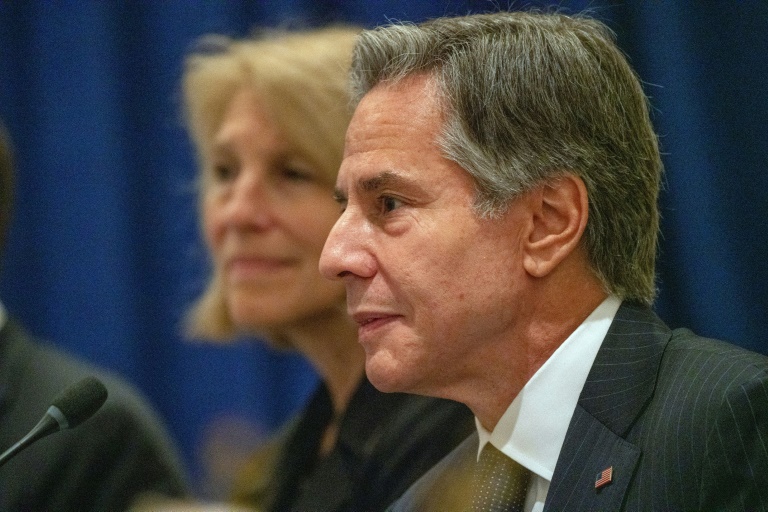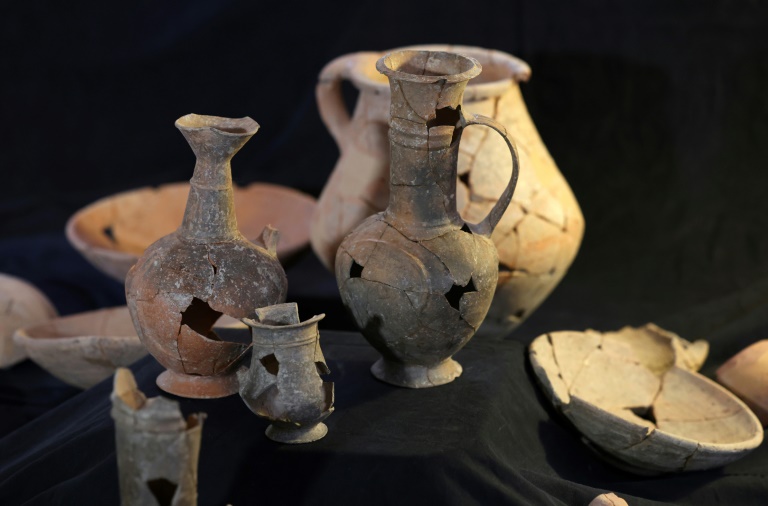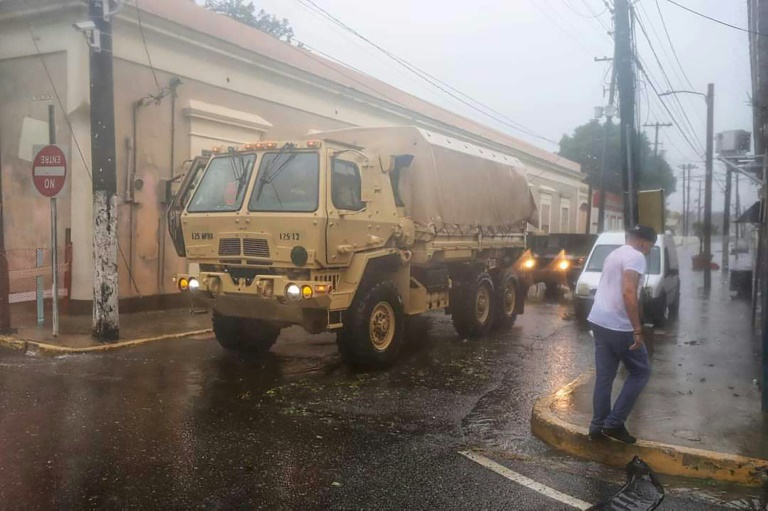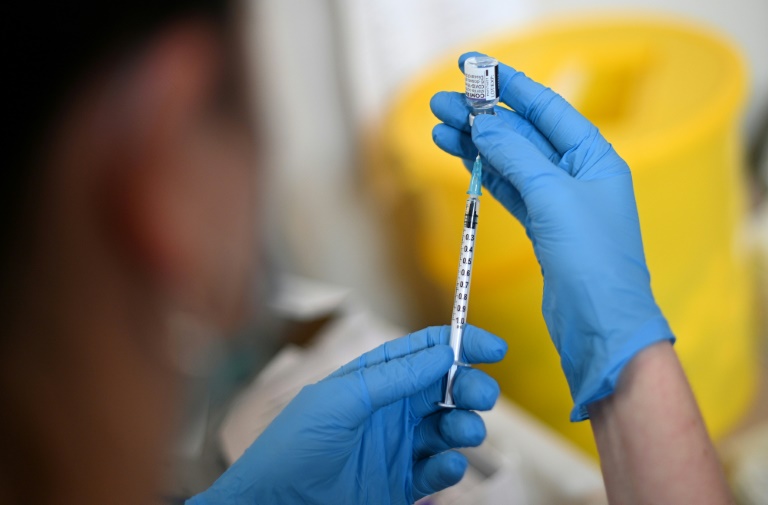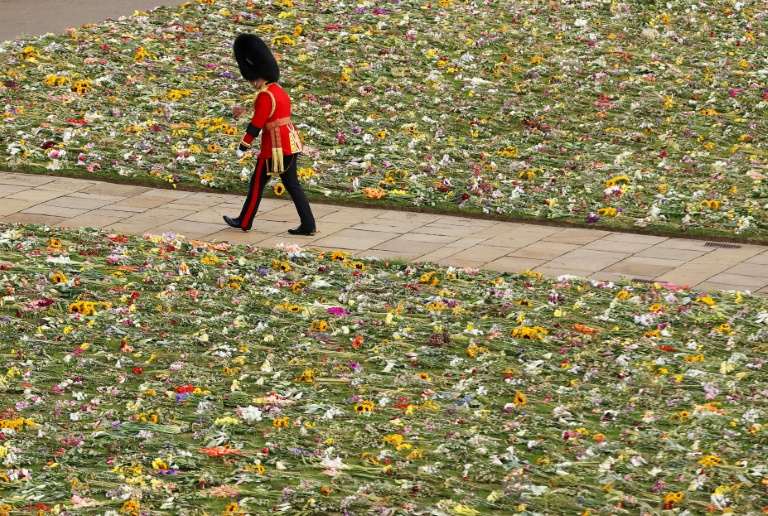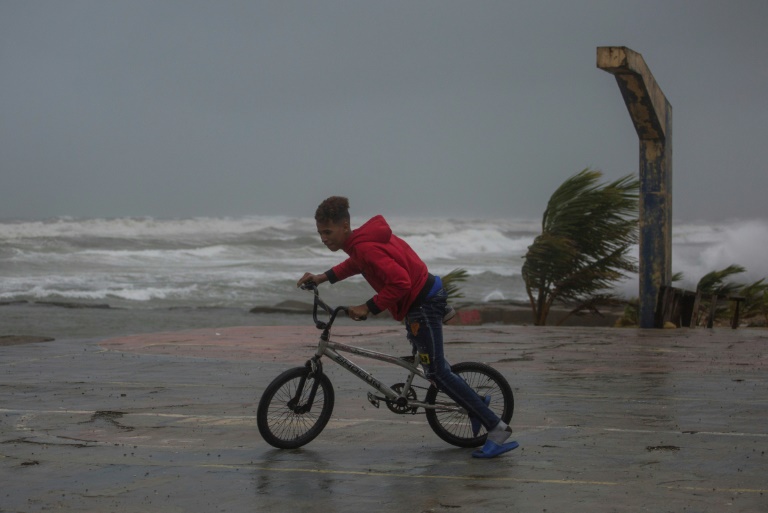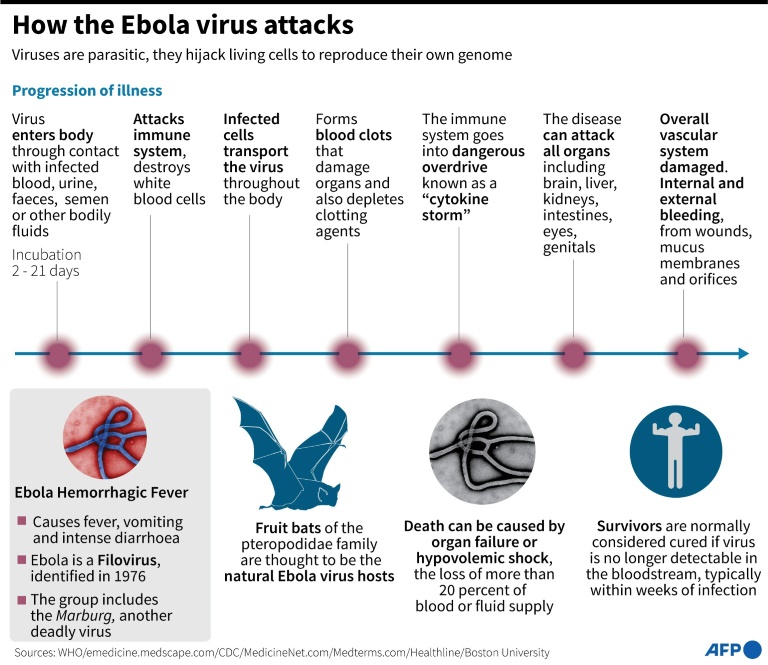US plans funds for new Atlantic grouping on ocean health, security
US Secretary of State Antony Blinken holds a meeting on the sidelines of the UN General Assembly
The United States on Tuesday led an initiative of 18 Atlantic nations to step up cooperation in the ocean, putting another $100 million on the table to support the environment and maritime security, while curbing rampant illegal fishing.
On the sidelines of the UN General Assembly in New York, Secretary of State Antony Blinken met jointly with the foreign ministers of Angola, Brazil, Ghana, Portugal and Senegal in what he said was the product of a year of diplomacy.
The nations will work together to “imagine together what greater cooperation across the entire Atlantic Ocean — both North and South — might look like,” Blinken said at the meeting.
“We know we can’t take for granted the free and open maritime trade that employs so many of our citizens, the undersea cables that connect us, the fish stocks and wildlife that sustain us,” he said.
“Only together can we address rising challenges and threats to our Atlantic future.”
The White House released a joint statement of 18 nations that also included Britain, Canada, Spain and Norway, as they explore forming the grouping.
The statement called for action together against piracy, unregulated fishing and the impacts of pollution and climate change.
“The Atlantic Ocean also offers untapped economic potential, from natural resources to new technologies,” it said. “No country alone can solve the cross-boundary challenges in the Atlantic region or fully address the opportunities before us.”
Subject to congressional approval, President Joe Biden’s administration will devote another $100 million next year to the effort, in addition to around $400 million already spent each year on maritime initiatives in the Atlantic, a senior US official said.
– ‘Shared approach’ –
Jake Sullivan, Biden’s national security advisor, said on Twitter that the nations were coming together “to develop a shared approach to Atlantic Ocean issues.”
“We look forward to continuing the dialogue and exploring opportunities to partner in the Atlantic region,” Sullivan said.
According to UN figures, one in five fish caught in the Atlantic comes from illegal fishing, translating into losses of up to $23 billion per year.
“That harms coastal communities that rely on sustainable fish stocks for their income, for food. It fuels corruption. It threatens the health and biodiversity of our oceans,” Blinken said.
The initiative comes as the Biden administration puts a growing focus on environmental cooperation around the world, including on the health of the oceans.
The administration has already put a high priority on the Pacific, seen as an area of potential conflict amid the rapid rise of China.
And in the Arctic, the United States has stepped up diplomacy, including by appointing an envoy, in the face of concerns about Russia and China as waterways long inaccessible to ships open up due to climate change.
The joint statement said that the new Atlantic grouping will look to develop a “sustainable ocean economy” and improve cooperation on search and rescue operations and fighting piracy.
The initiative involves Brazil weeks ahead of elections in the Atlantic power, where President Jair Bolsonaro — an ally of business who has long been skeptical on climate — is trailing in polls as he seeks another term.

